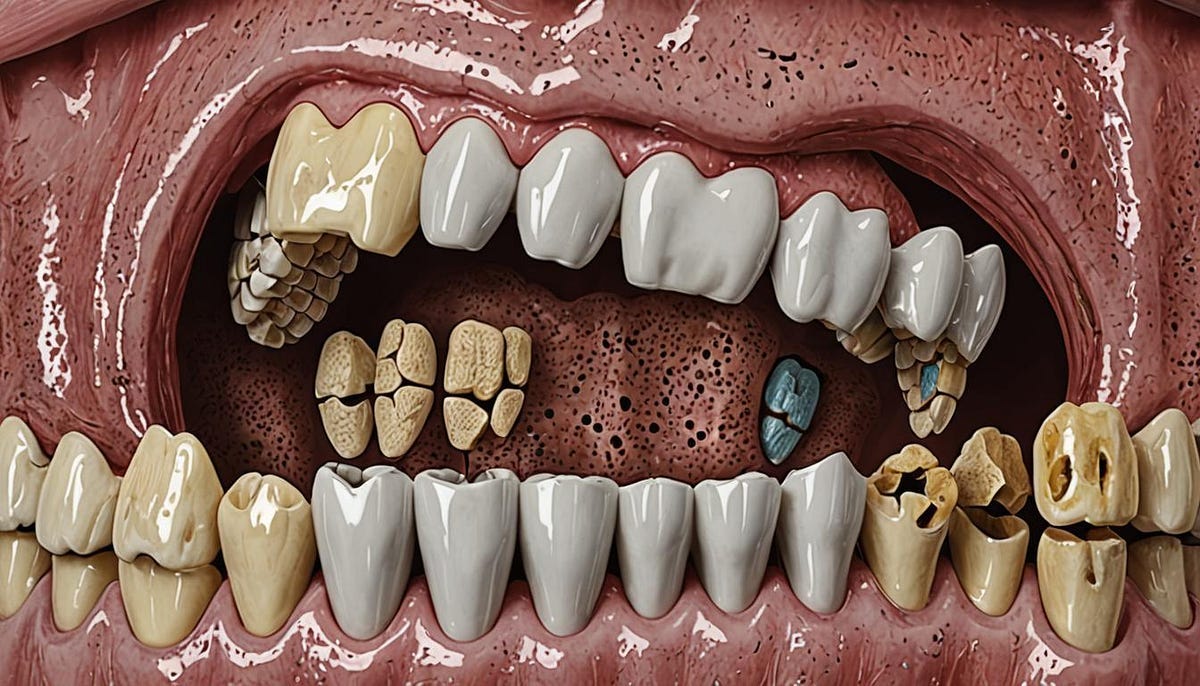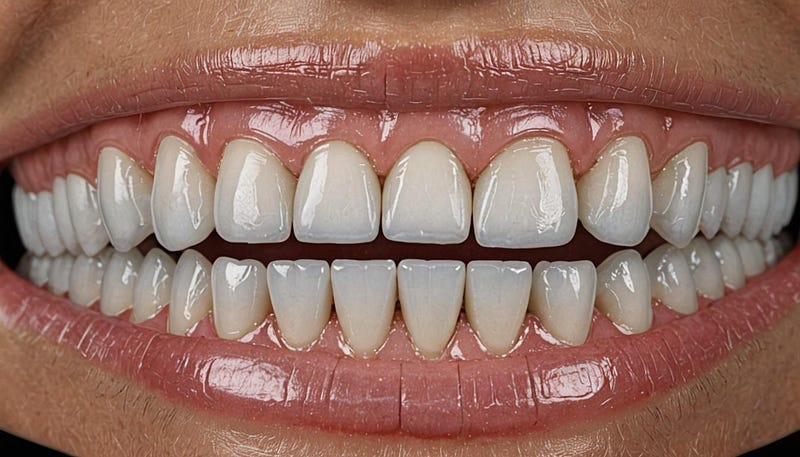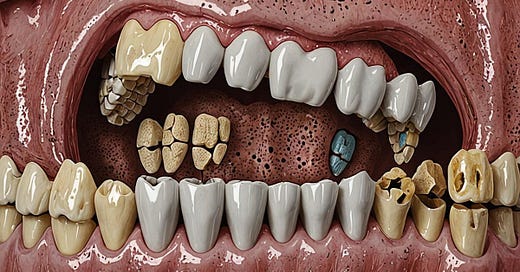We have, but we don’t use it

I hate going to the dentist.
You know that at some time in life you are going to develop those little black spots, that inevitably mean a hole underneath, and all of the hassle attached in getting it filled, or worse losing the tooth itself.
You would think, with all the modern advances in medicine we could cure and prevent the cause of tooth cavities. Surprisingly, we have had the knowledge to do this for some time.
Here’s the story
In a study from around 2000/2001, scientists had genetically engineered an oral bacterium that they said could possibly prevent tooth decay, in effect this is a cavity vaccine.
So what happened, why don’t we have this vaccine today?
The primary author of the research paper was Jeffrey Hillman, a now-retired oral biologist formerly at the University of Florida, and he co-founded a company called Oragenics that owned the technology for the materials.
To find out the progress of this, lets back-track a little and look at the causes of tooth cavities.
The human mouth contains hundreds of species of bacteria that function together in a community — an oral microbiome. A healthy bacterial balance keeps teeth and gums in good shape.
Cavities are caused by acid-producing bacteria. Several kinds of oral bacteria can make acid, but one bacterium, Streptococcus mutans, especially wreaks havoc because it can make both acid and biofilms, including dental plaque. That sticky coating traps acid on teeth, eroding tooth enamel and creating cavities.
In the 1980s, Hillman discovered a naturally occurring version of S. mutans that secretes the antibiotic mutacin 1140. Because mutacin broadly kills other species of bacteria, he realized it could potentially outcompete other harmful strains.
To make sure the bacteria wouldn’t cause cavities itself, Hillman genetically altered it to metabolize sugar in such a way that it produces alcohol instead of tooth-damaging lactic acid, as other cavity-causing Streptococcus strains do.
Bacteria often swap genetic material, so he also tweaked the strain to prevent it from taking genes from other bacteria; other bacteria can still take genes from the genetically modified Streptococcus.
So what happened?
Hillman announced the new strain, called BCS3-L1, in 2000. Around that same time, Oragenics sought to begin a clinical trial. But due to concerns that the bacteria could be transmitted between people, have unintended consequences, or revert back to a cavity-causing strain, the company told The New York Times in 2004 that the Food and Drug Administration had put constraints on the trial, which was then never completed.
Some further studies were done on rats, which did show positive results, but Hillman eventually retired.
However, in 2023, Aaron Silverbook founded Lantern Bioworks, which made a deal with Oragenics, the company Hillman co-founded and that owned the technology for the materials. Lantern Bioworks then launched the genetically engineered bacteria under the name Lumina Probiotic.
Initially, the press release stated “a one-time brushing with this genetically modified bacteria could indefinitely prevent dental cavities.” but by the time Lumina became available for pre-orders, that wording and the press kit had been removed.
Silverbook does not have a background in dentistry or microbiology, and his lawyer advised the change in wording on the website, as Lantern Bioworks is bringing the product to market as a cosmetic, meaning it can’t make health claims about Lumina. Cosmetics don’t need to go through the same rigorous trials that a drug would.
The problem was, that because there had been no testing done via human trials during the development, it could not be marketed as a cure, prevention nor medical aid, and had to be launched as a cosmetic.
The product can be applied to teeth as a one-time application either at home or by a dentist. And additional applications can “expedite inoculation” according to the company.
Some experts, though, have safety and ethical concerns: Despite earlier efforts by Oragenics, the treatment has never successfully moved through human clinical trials.

So what are the concerns?
Some biochemists caution that more research is needed to show that genetically engineered microbes can improve oral health and don’t have unintended side effects.
The antibiotic in Lumina, some say, could potentially wipe out other Streptococcus species that are associated with good oral health. And there are other microbes at play that determine gum health., and these have to be taken into consideration.
Additionally, people swallow about a litre of saliva every day, meaning the S. mutans’ antibiotic could end up in the intestine, potentially disrupting the gut microbiome, and because Lumina produces alcohol as a by-product, it’s possible that might have an impact too, though the amounts are tiny and it’s hard to know without more research.
The Lumina microbe, though, was intended to be a kind of oral replacement therapy so that the genetically modified bacteria would fight and overtake bad bacteria, but some experts are sceptical that introducing bacteria could successfully colonize adult mouths. Once the oral microbiome is established, it’s hard to change.
So there you have it, it’s a cosmetic, not a drug, and although volunteers have been using it for some time now with no ill effect, some clinicians still express doubts on it’s long term safety.
The story continues.
References:
No More Cavities? • Damn Interesting
Did the FDA kill a promising new way of preventing cavities? — Kevin Drum (jabberwocking.com)
Defying Cavity: Lantern Bioworks FAQ
Edit descriptionwww.astralcodexten.com
If you enjoyed reading this, you may also want to explore and subscribe to my weekly Newsletter, Poetry Genius, which contains tips and discussion on all aspects of poetry writing.
Plainly Put
Publishing fascinating topics on Lifestyle, Poetry, Memoirs, Science, Short Fiction, Technology, and Life in general…medium.com




